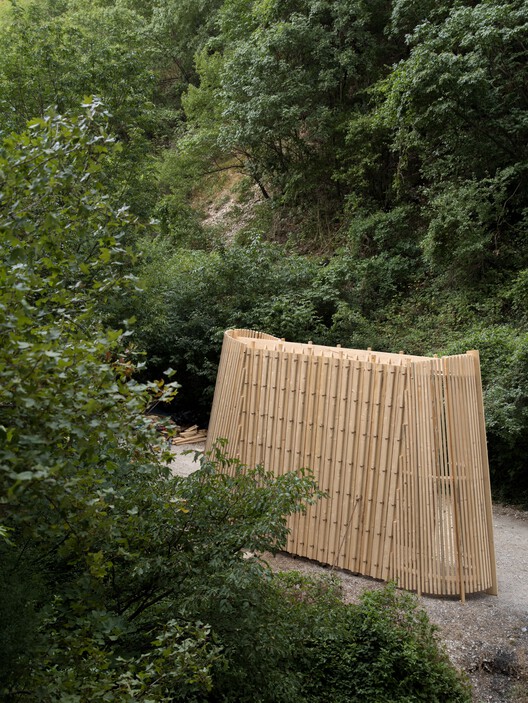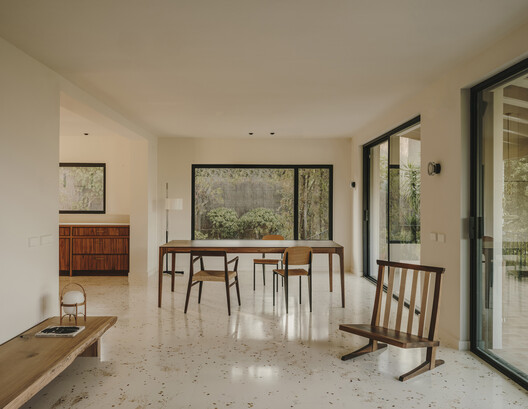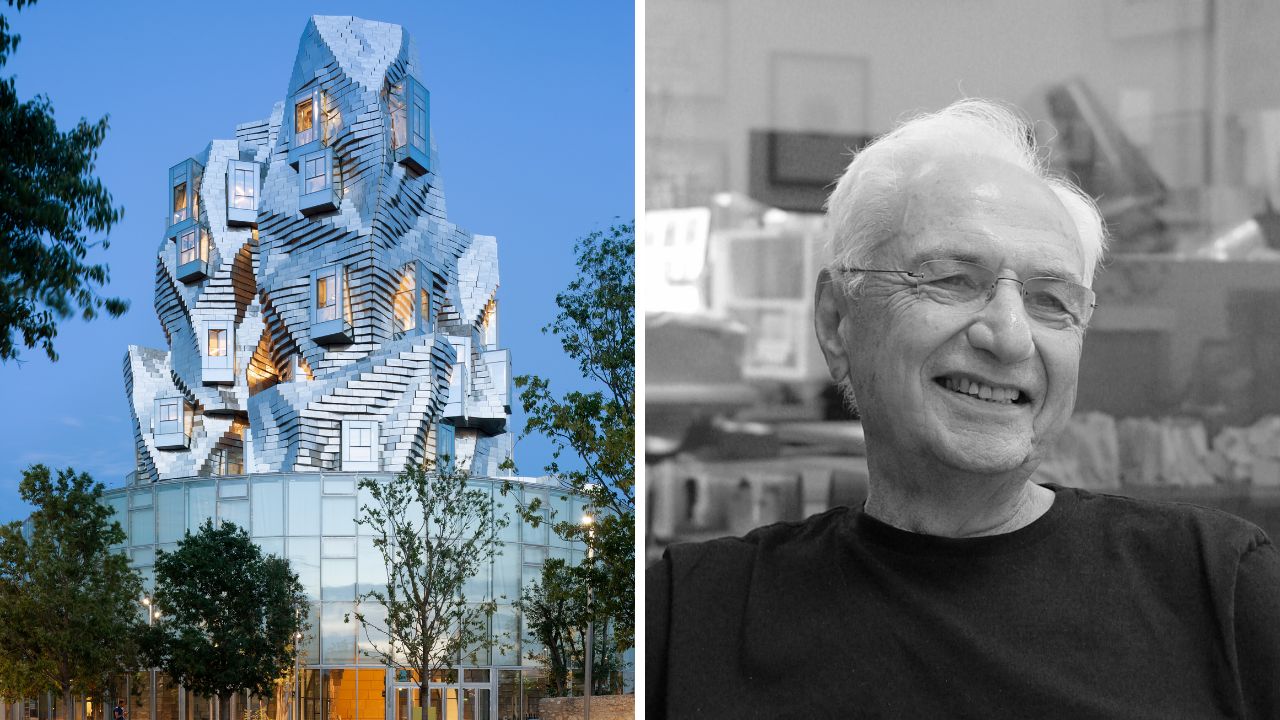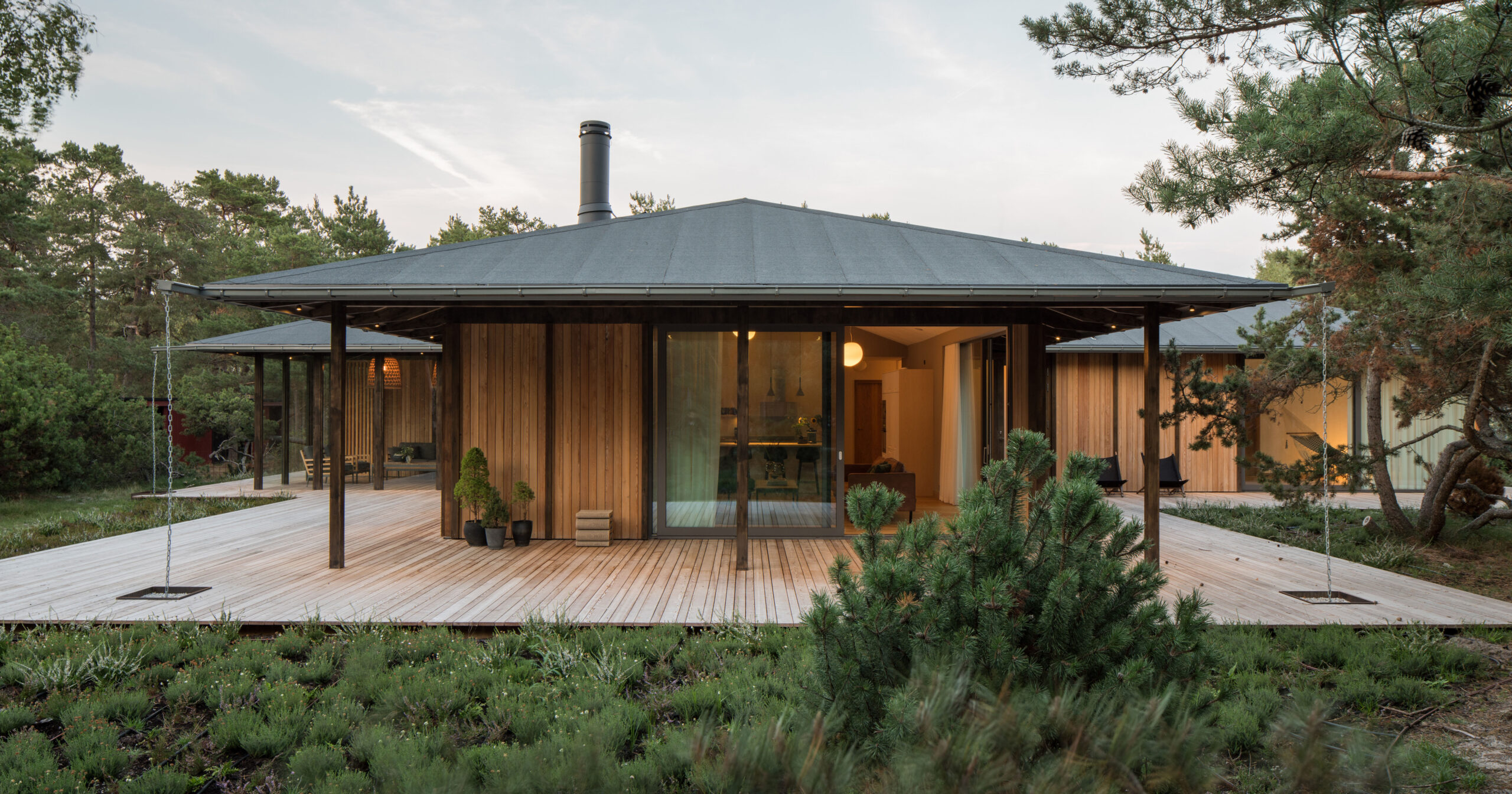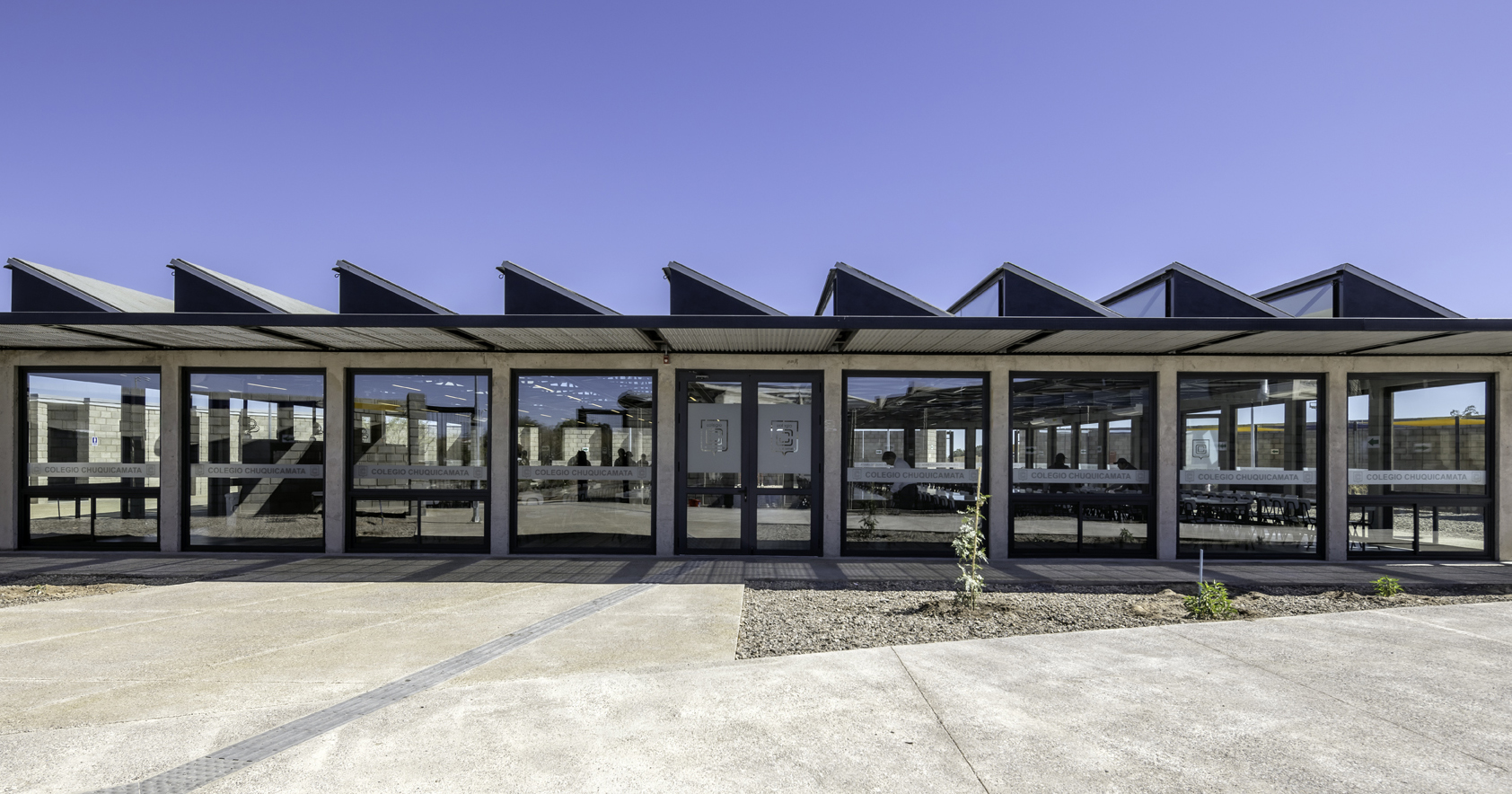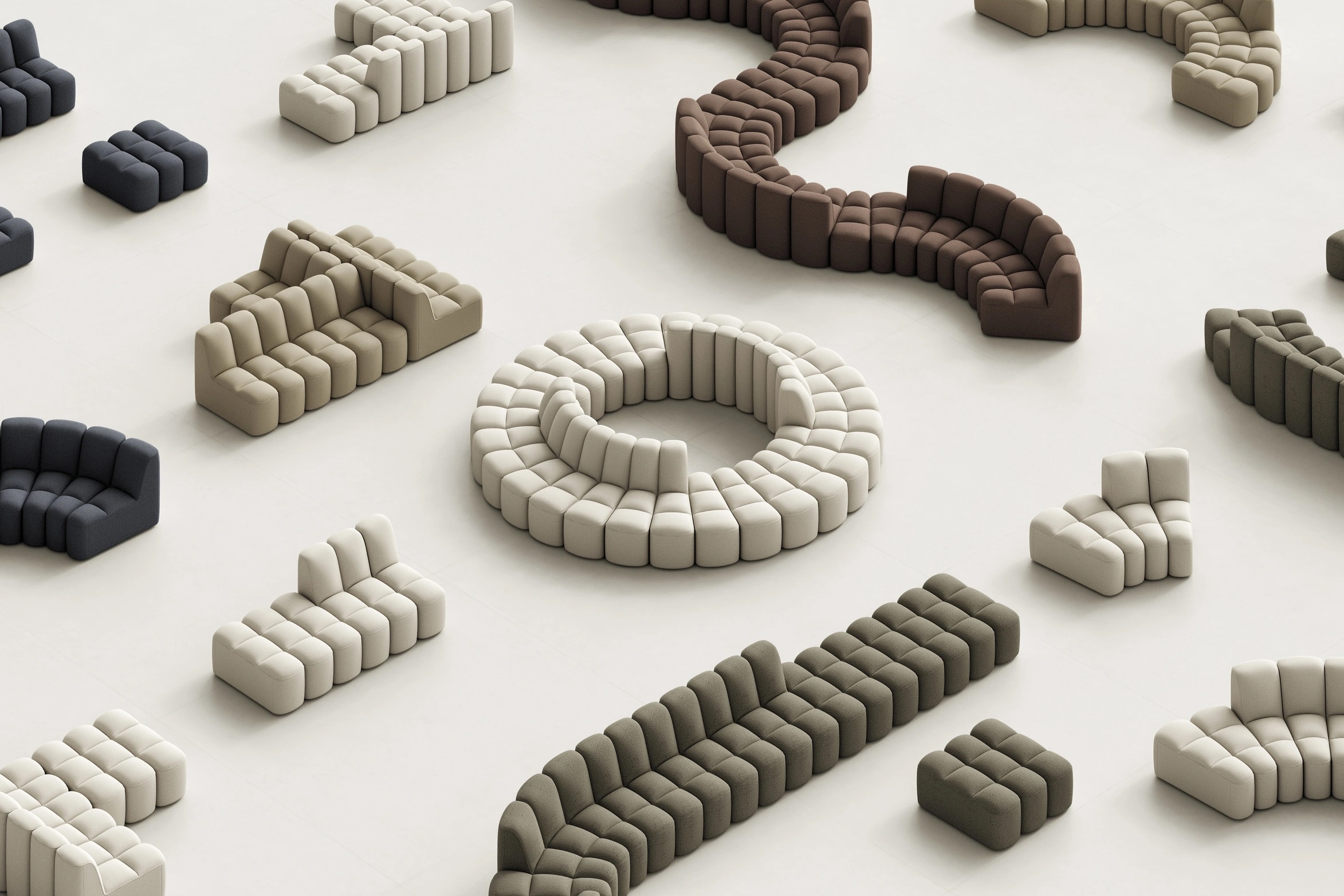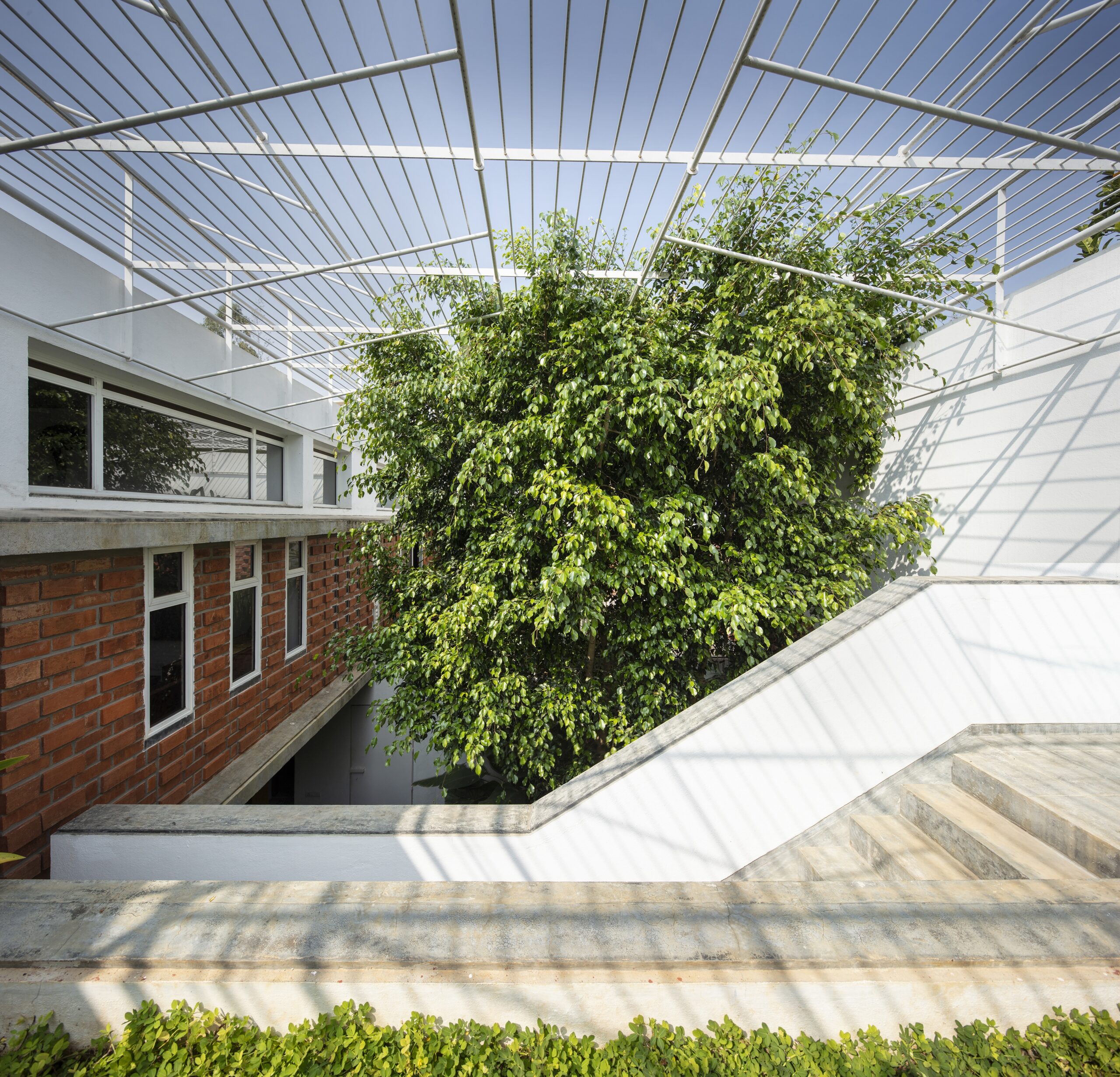The Design Labo creates shell-shaped pavilion for Expo 2025 Osaka


The shell of a prehistoric marine mollusc informed the spiral shape of the Pasona Natureverse Pavilion at Expo 2025 Osaka, created by local architecture studio The Design Labo.
Designed for staffing company Pasona Group, the pavilion comprises two shell-shaped structures containing a series of interactive exhibition spaces that explore physical, mental and social health, informed by the Expo's theme, Designing Future Society for Our Lives.
The Design Labo modelled the main part of the pavilion on the spiralling shell of an ammonite, a type of prehistoric marine mollusc, which CEO Satoshi Itasaka describes as representing "the connection between humans and nature".

"Coiled shells have changed little for roughly 400 million years," Itasaka told Dezeen.
"Having survived repeated mass extinctions without being eliminated, they may represent a 'completed form' of life," he continued.
"Since the Expo's theme is life, we adopted the coiled shell as its symbol and conceived a pavilion where visitors can experience the connection between humans and nature and the continuity of life."

The 43-metre-wide Pasona Natureverse Pavilion is designed to be easily demountable, created using a ball-jointed steel structure over which a synthetic white membrane has been stretched. After the expo, it will be permanently relocated to Awaji Island to serve as a cultural centre.
Alongside the pavilion's main volume is a smaller conch-like structure, crowned with a sculpture of cartoon character NEO Astro Boy, which is the pavilion's mascot, along with medical anime character Black Jack.

The exhibition spaces are organised into three zones, titled History of Life, Body and Mind/Bonds, and each one contains a range of interactive and digital displays.
Among the exhibits is a tree-shaped sculpture that depicts the history of evolution and a lab-grown heart created through biomaterials and bioengineering.
"A spiral circulation route allows visitors to take in the exhibits efficiently, with a ceiling height that reaches up to 16m - we were reminded that biomimetic forms are not only structurally stable but also inherently beautiful," explained Itasaka.
"Within this grand volume, visitors encounter dynamic moving LED boxes, a zone where they can see a heart created from iPS cells, and an area offering a glimpse into the world of soil microorganisms - content that combines surprise with learning," he added.

A water-based cooling system coats the skin of the structure in a thin film of water to reduce the need for air conditioning, while the spiral form acts as a means of collecting and reusing both this water and rainwater, which is recirculated as grey water.
At night, the pavilion is illuminated by strips of colour-changing lighting along the shell's ridges as well as projected light effects.
Expo 2025 Osaka, which ends today, features numerous pavilions created to represent both participating nations and private companies.
Other examples featured on Dezeen include the USA Pavilion, housed within a translucent cube designed by Trahan Architects, and a spiral-shaped ramp of timber and glass, designed by Apropos Architects for the Czech Republic.
The photography is courtesy of The Design Labo.
Expo 2025 Osaka takes place in Osaka until 13 October 2025. For more fairs, events and talks in architecture and design visit Dezeen Events Guide.
The post The Design Labo creates shell-shaped pavilion for Expo 2025 Osaka appeared first on Dezeen.








_003.JPG)



